Shigaraki Tabimakura Flower Vase by Hideki Yanashita
Shigaraki Tabimakura Flower Vase by Hideki Yanashita
Couldn't load pickup availability
Width 12.0cm Height 21.0cm
The origin of the name Tabimakura: a beautiful name born from associations with the shape
This piece, Shigaraki Tabimakura Vase, is so named because its cylindrical shape recalls the shape of a "travel pillow" carried by travelers of the past. In the world of tea ceremony, it is customary to name vessels after everyday tools or natural shapes, and this piece follows that tradition.
A travel pillow is a box-shaped item with a storage compartment that was used as a small, portable pillow during the Meiji period and other times, and has a simple and practical shape. Yanagishita Tokiki has recreated this simple and modest form into a Shigaraki ware vase.
A structure that can be used as both a hanging vase and a standing vase
Although the shape is small and cylindrical, it is stable and has dual uses: it can be used as a hanging vase to be hung on a wall, or as a vase to be placed on a shelf or in a tokonoma alcove. The rim is slightly inwardly curved, providing firm support for the flowers placed inside, and is a design that works well with slender flowers and branches.
The firing process of Shigaraki ware and how to make the most of the materials
This piece is classified as a type of Shigaraki ware, and the highlights are the changes caused by the natural glaze and the expression of the clay surface.
Soft whitening due to ash cover
The reddish hue of the fire acts as an accent color.
The changes in appearance caused by firing can be seen in these ways. Furthermore, the minute irregularities on the surface of the vessel and the appearance of the stone cracks caused by feldspar grains also present subtle changes to the viewer each time the vessel is used.
Evaluation and reconstruction of Yanagishita Toki's ware
Yanagishita Tokiki is an artist who does not simply imitate or restore the forms of historical tools and vessels, but instead attempts to reconstruct them in a modern context. As the name "Travel Pillow" suggests, this piece reconstructs an actual everyday item using Shigaraki clay and firing techniques, and is finished as a flower vase that can function in a modern tea ceremony space. Yanagishita's works consistently show a high level of awareness of "beauty of utility" and a clear direction of "vessels designed to be used" rather than "vessels to be looked at."
Hideki Yanashita Profile
Ceramicist 1967 –
Born in Tokyo, Yanagishita is currently based in Iga, Mie Prefecture. Fascinated by pottery from the Momoyama period, he embarked on the path of ceramics. After training in Shigaraki, he built his own anagama kiln in Iga, Mie Prefecture, and opened the Kanda Kiln. Under the tutelage of Sadamitsu Sugimoto, Yanagishita has been creating a wide variety of works , including Raku ware, Yakishime, Ido, and Oribe, while deeply exploring the world of wabi-sabi from his own unique perspective. An important theme in Yanagishita's creations is the quest for new heights , born from the incorporation of modern materials and unique approaches while deeply studying the techniques and spirit of his predecessors. His works question essential beauty that is timeless, and invite the viewer into a deeper world of art.
Base of operations : Iga, Mie Prefecture
Share
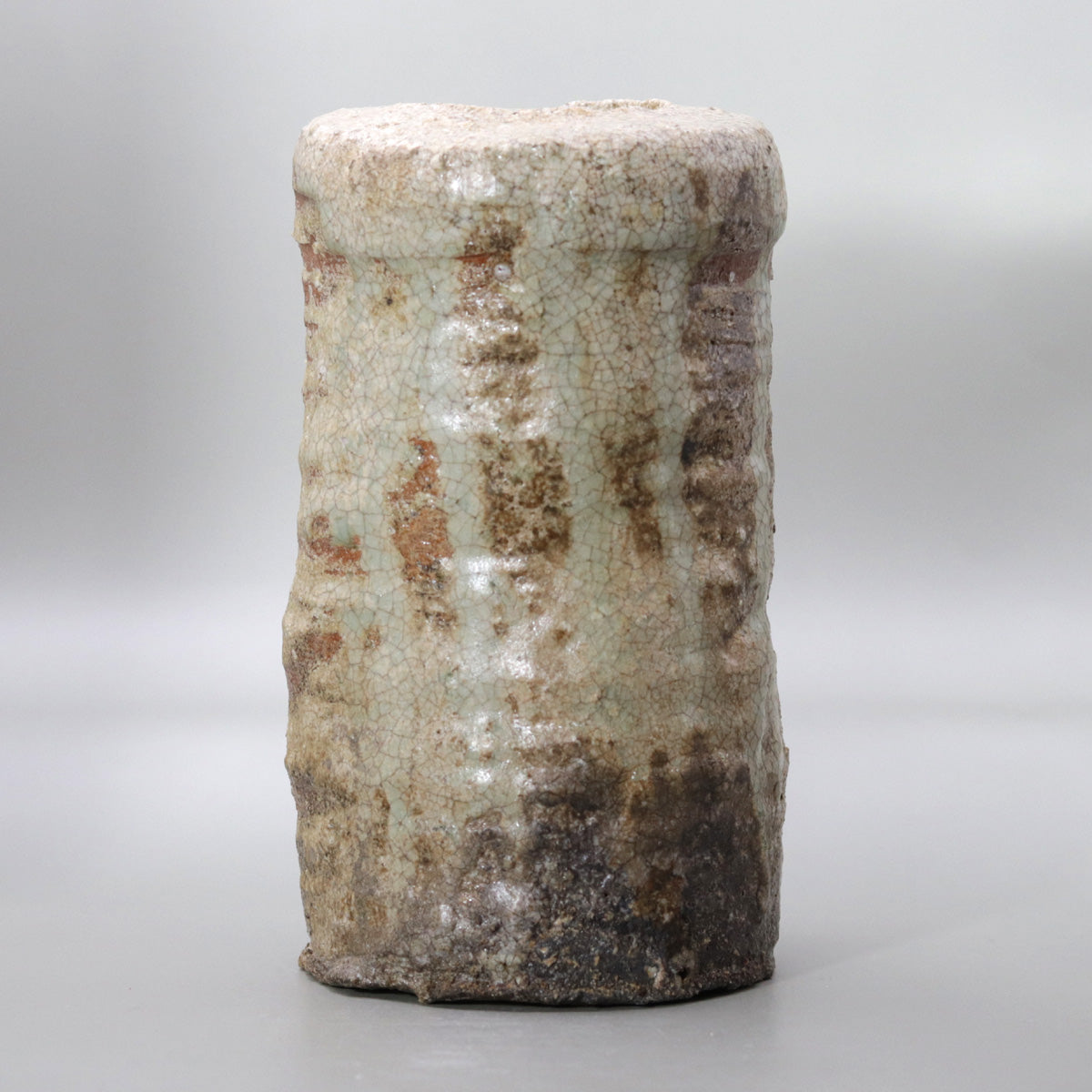
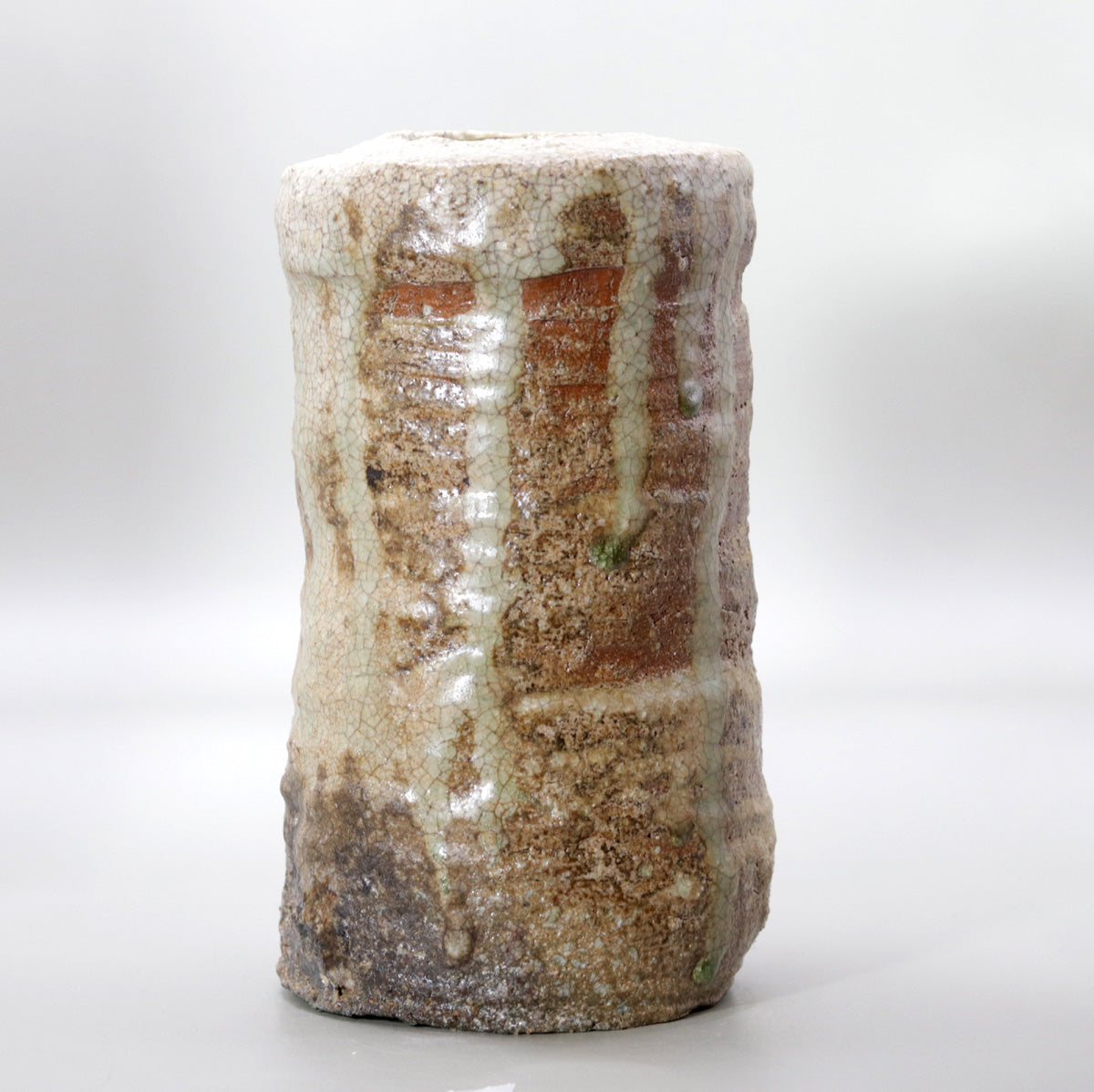
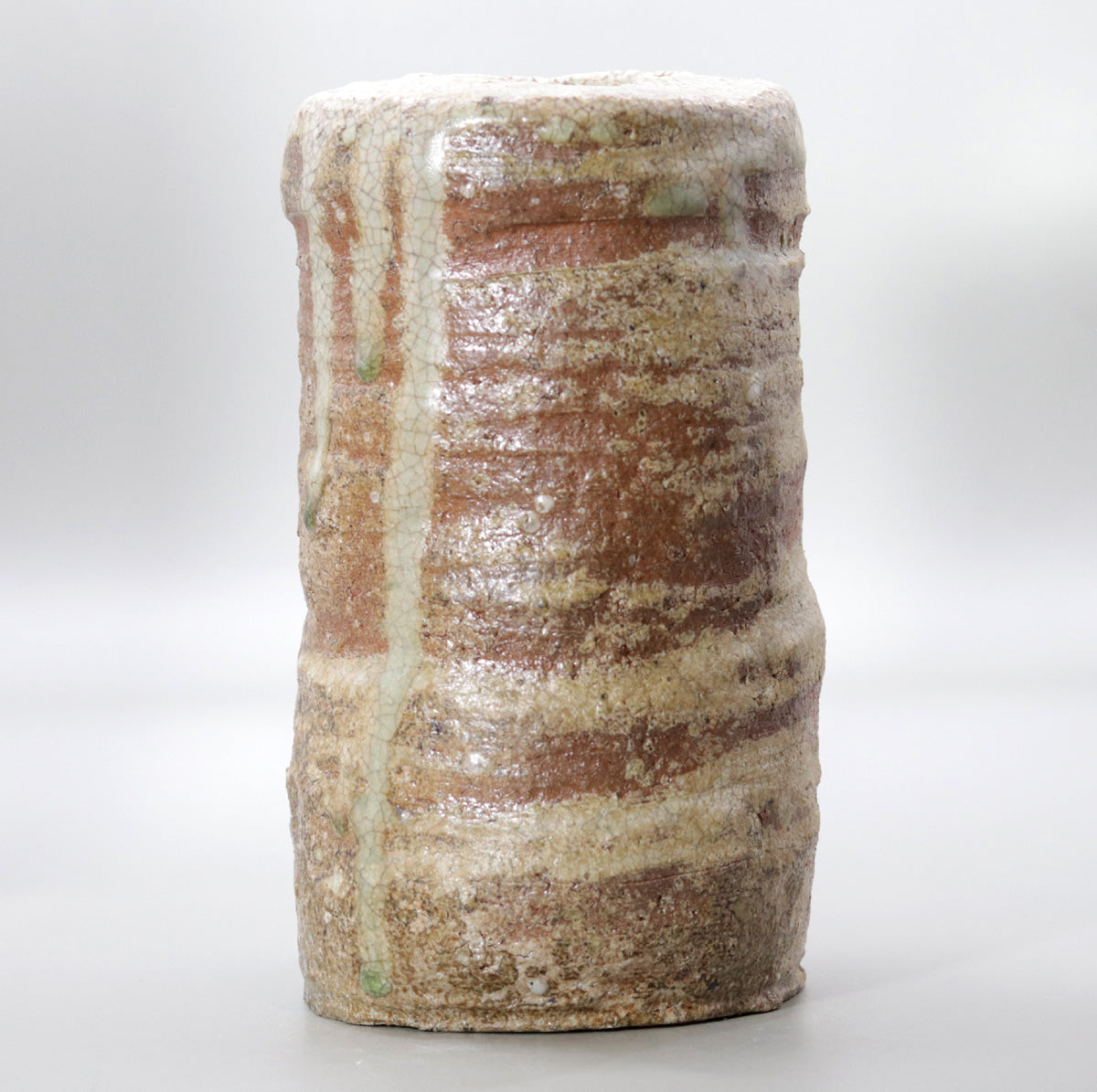
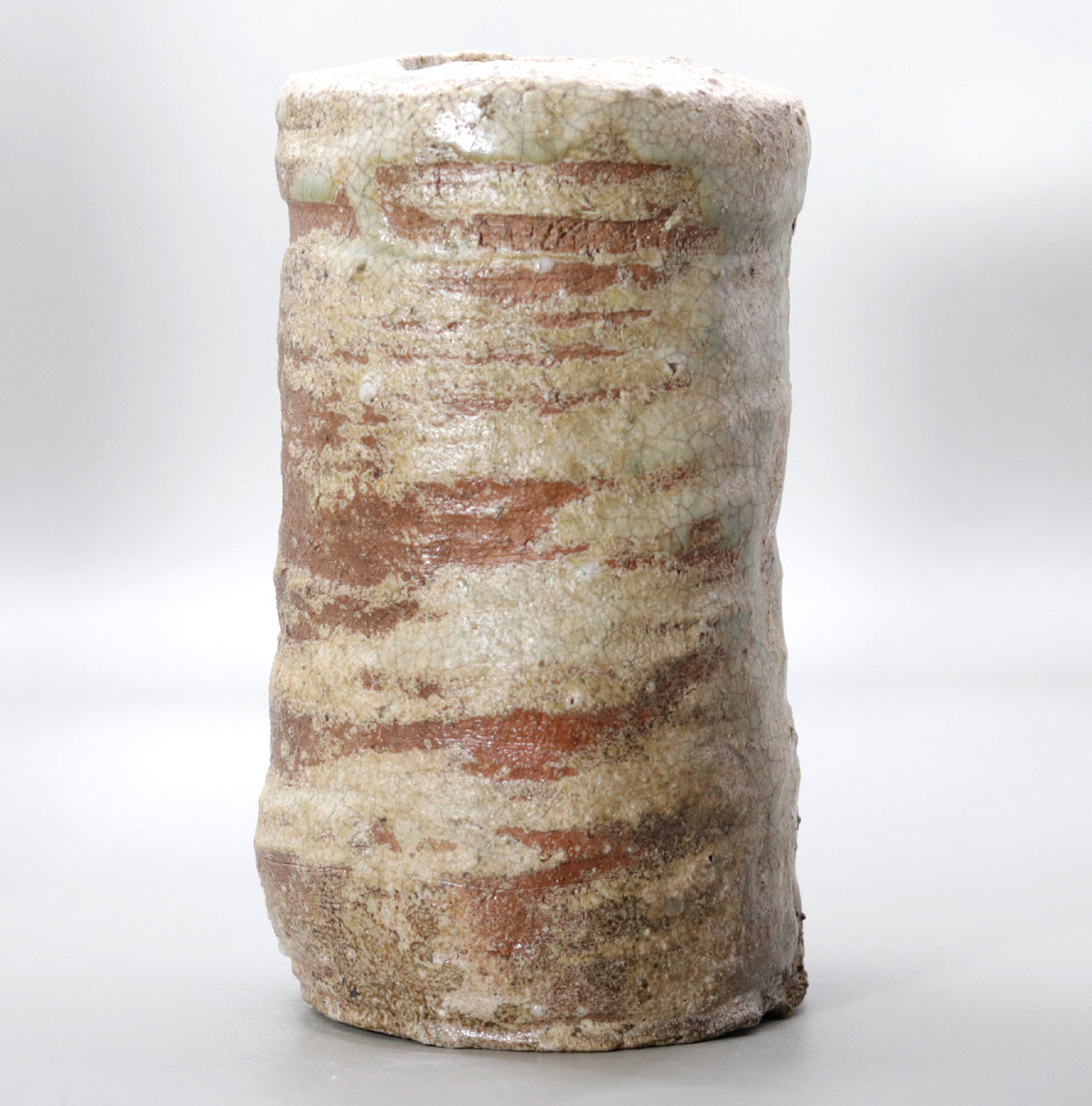
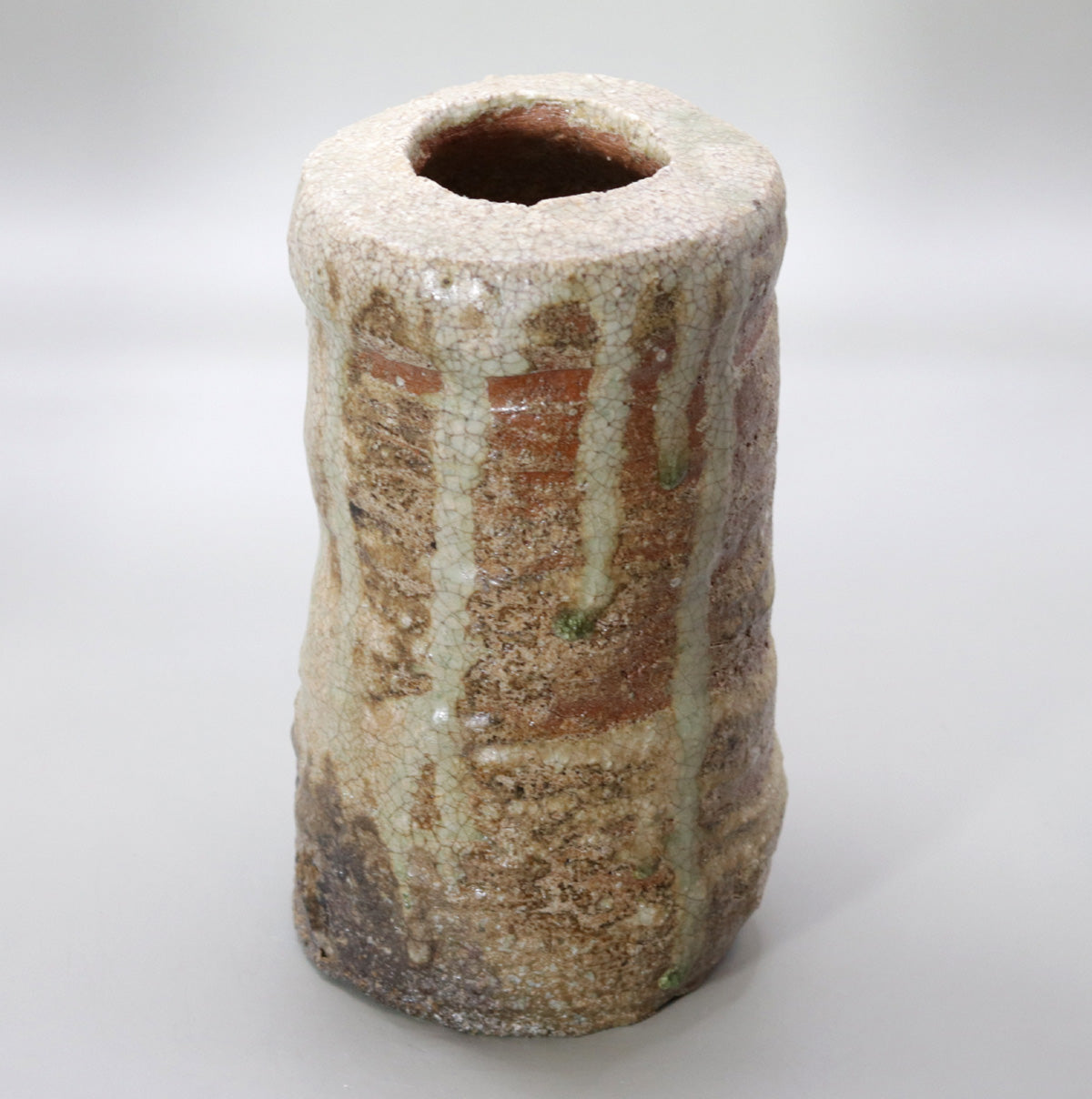
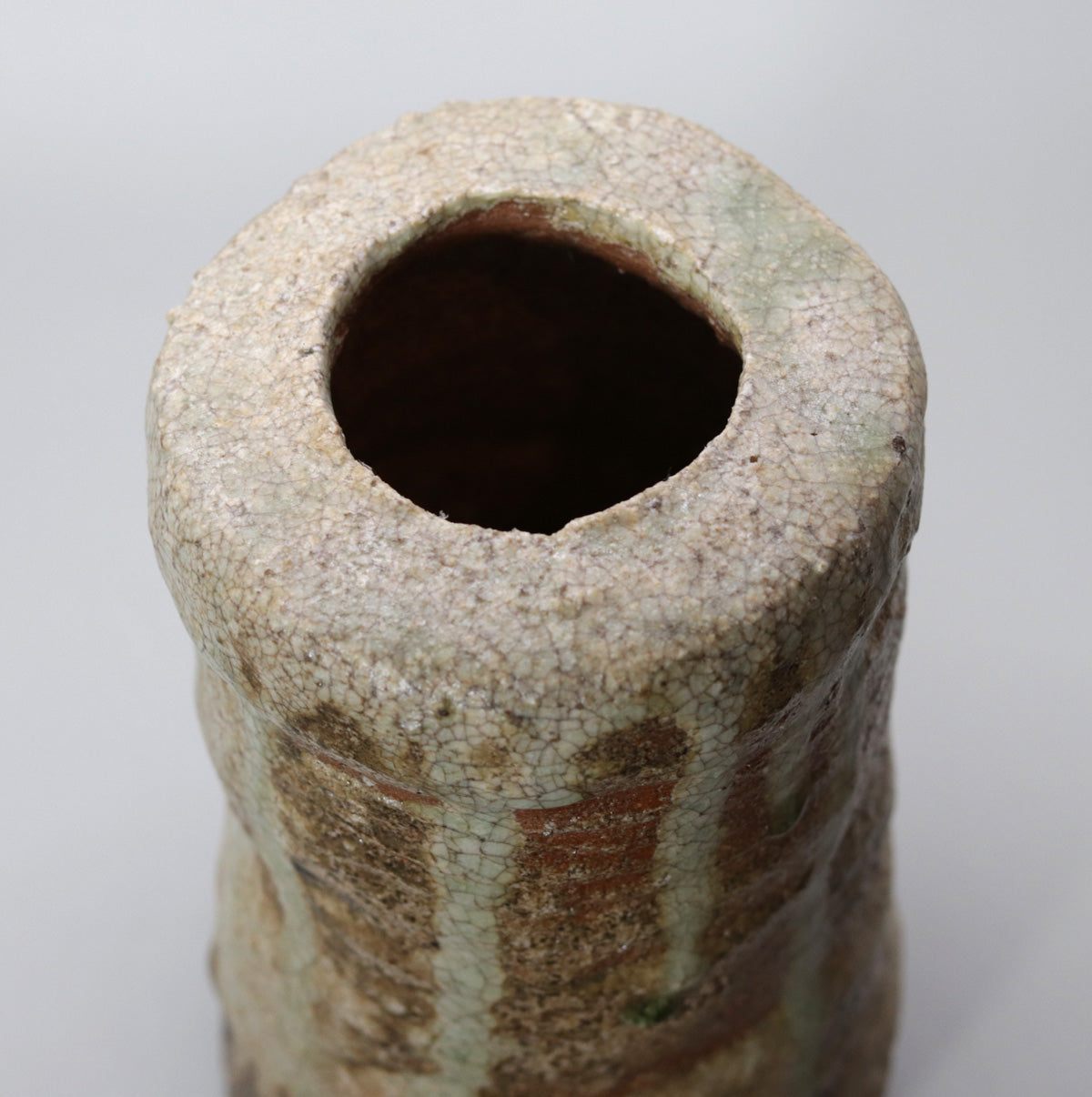
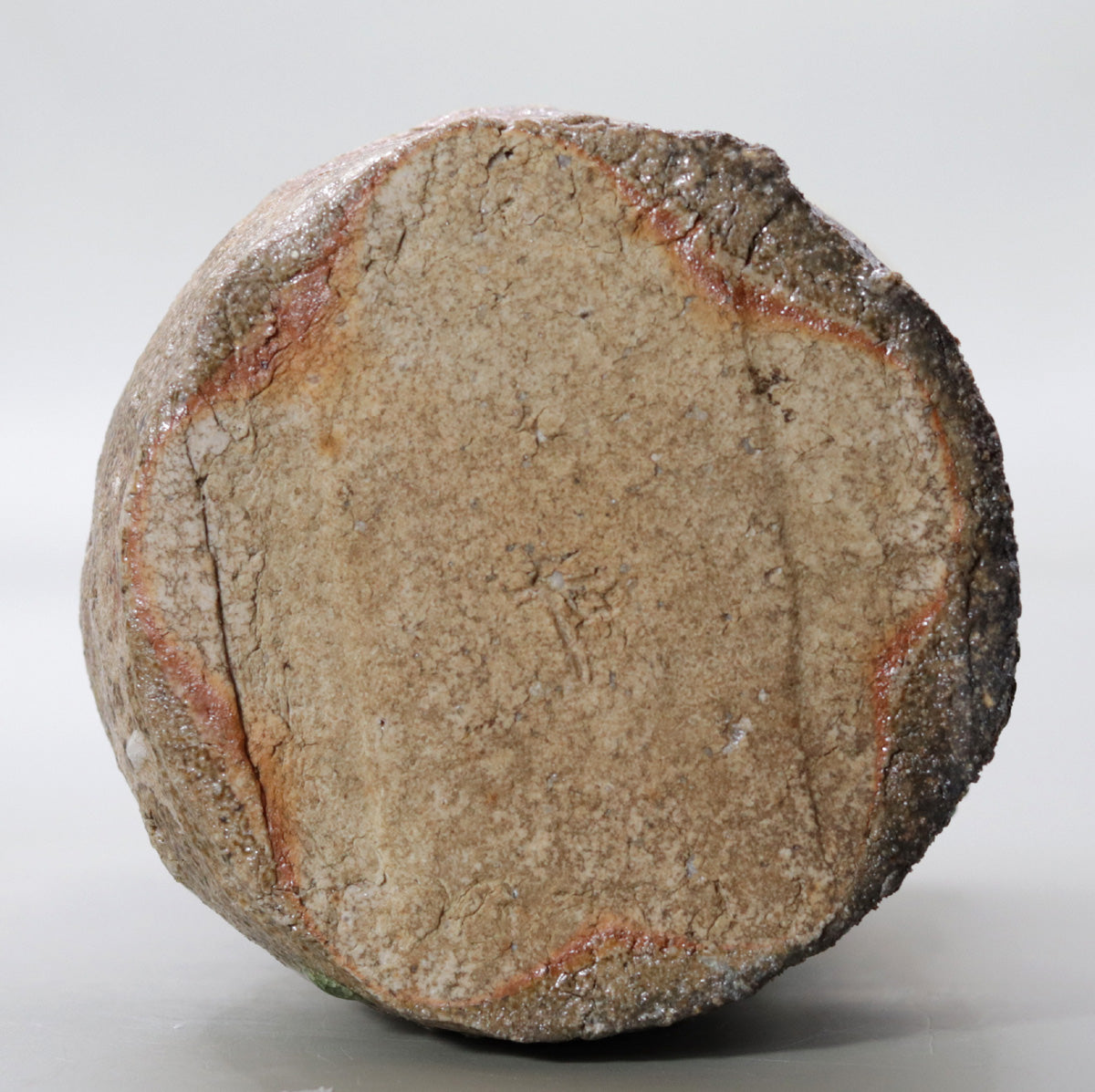
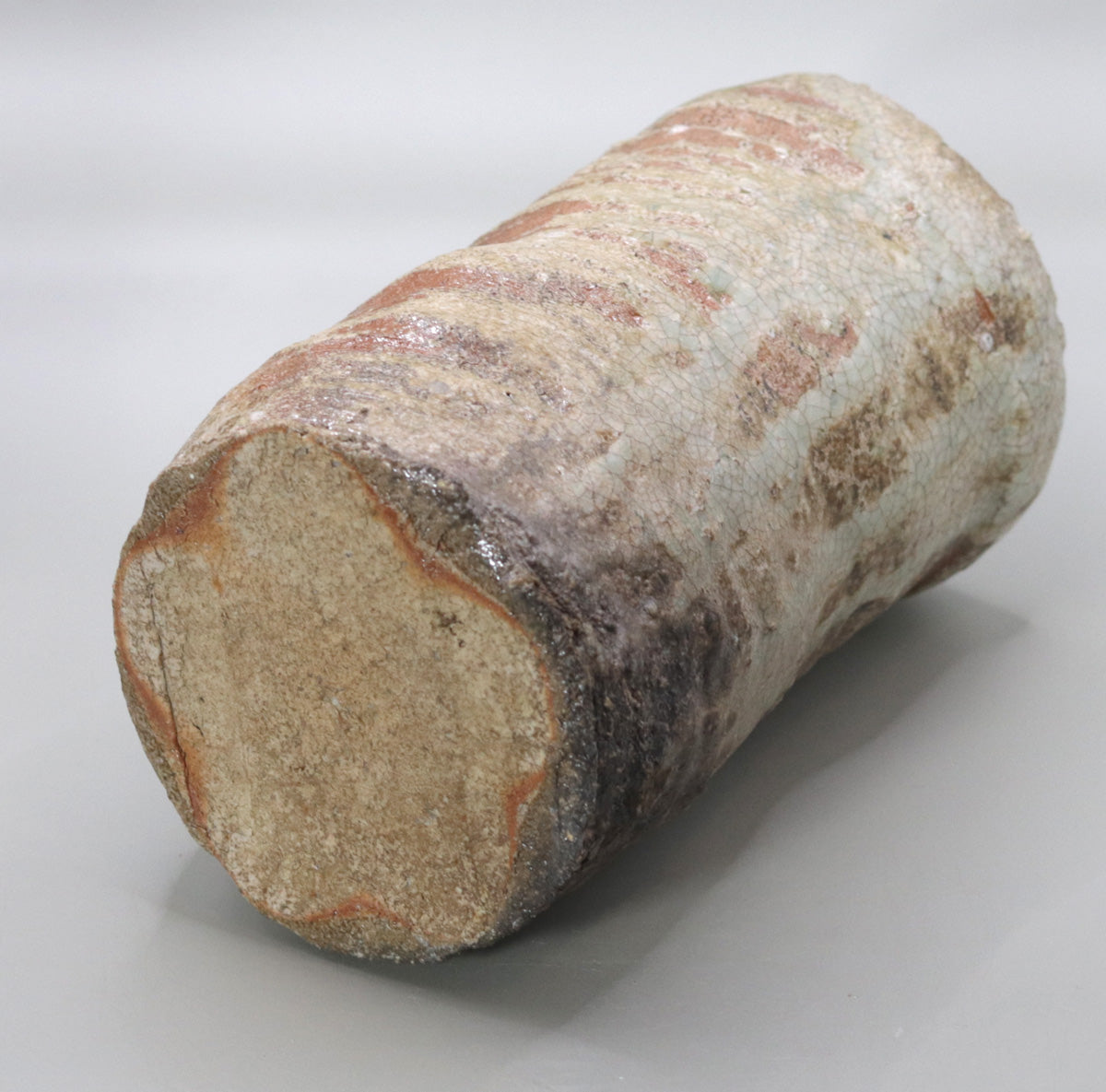
Multi-Column
-
[I will send it to you quickly and carefully]
We carefully package each product in a way that suits it best.
Also, delivery times vary depending on the piece (vessel, etc.).
Items that already come with a box will be shipped within 1-3 days of the order date.
For items that require a box to be made after your order, it will take approximately 30 days for production to be completed and then shipped.
In either case, once we have confirmed your order, we will contact you by email to inform you of the delivery date.
-
[Requests when purchasing pottery]
Even products that look the same may differ slightly in color, shape, size, etc.
The way the glaze is used, the power of the kiln, the firing method, the season, and the humidity also affect the appearance of the pottery.
Please understand the individuality of each piece of pottery and enjoy the unique warmth of handmade.








